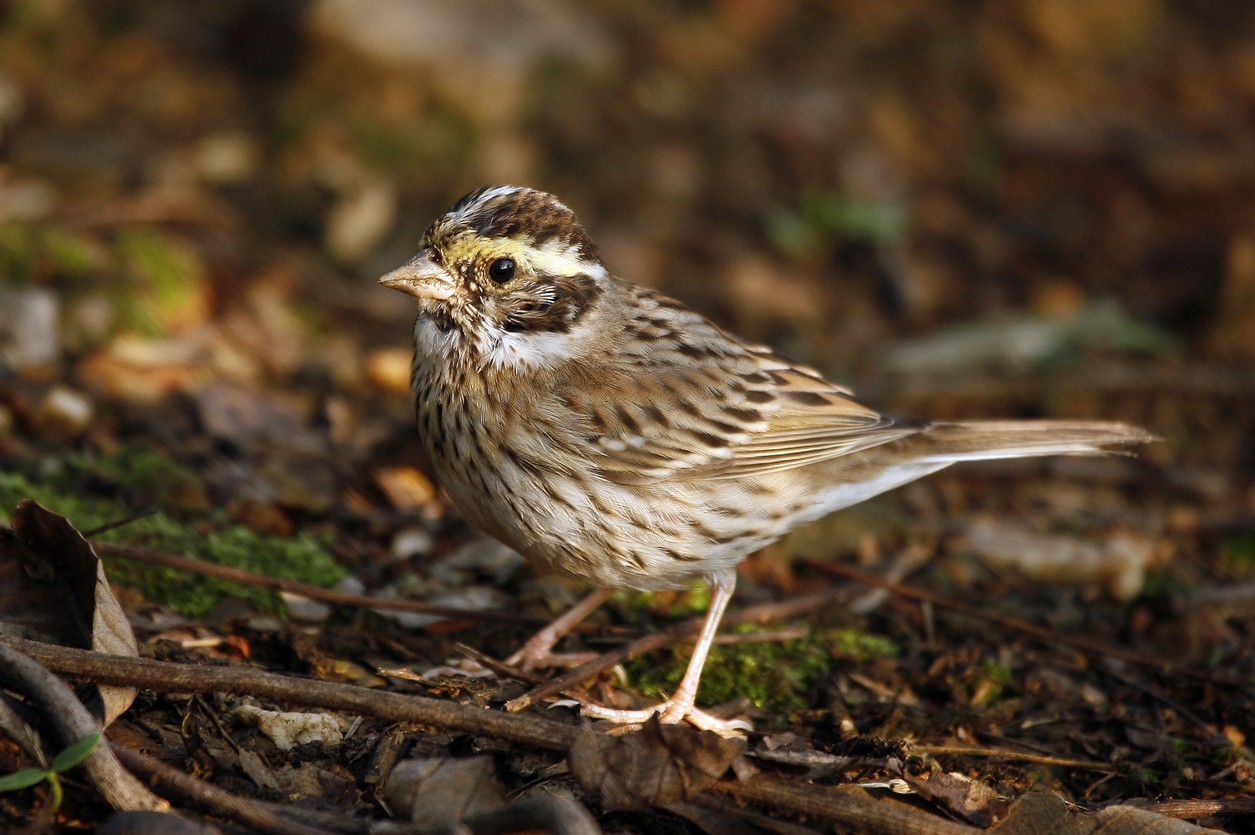Yellow-browed Bunting
A species of Old World Buntings Scientific name : Emberiza chrysophrys Genus : Old World Buntings
Yellow-browed Bunting, A species of Old World Buntings
Botanical name: Emberiza chrysophrys
Genus: Old World Buntings
Content
Description General Info

Description
The yellow-browed bunting (Emberiza chrysophrys) is a passerine bird in the bunting family Emberizidae, a group now separated by most modern taxonomists from the finches (Fringillidae). The genus name Emberiza is from Old German Embritz, a bunting. The specific chrysophrys is from Ancient Greek khrusophrus, "golden-browed". It breeds in eastern Siberia and is migratory, wintering in central and southern China. It is a very rare wanderer to western Europe. The yellow-browed bunting breeds in the taiga zone, and lays four eggs in an arboreal nest. In the wild, the adults' diet consists of seeds, but they feed insects to nestlings. This bird is smaller than a reed bunting, but is relatively large-headed. The upper parts are brown and heavily streaked, and the underparts are white with an orange hue on the flanks and some fine dark streaks. Their stout beaks are pink. The breeding male has a black head with white crown and moustachial stripes and throat. There is a bright yellow eyebrow stripe. Females and young birds have a weaker head pattern, with brown instead of black, and can be confused with little buntings; however, there is always some yellow in the eyebrow, as well as at least a hint of a white stripe on the crown. 
Size
15 cm
Nest Placement
Ground
Feeding Habits
Yellow-browed Bunting mainly feeds on flying insects, spiders, and seeds from grasses and herbs, using its foraging capabilities to hunt and gather food.
Habitat
The yellow-browed Bunting primarily inhabits open taiga habitats, favoring regions characterized by river valley slopes and areas with regrowing vegetation such as low conifers. It is common in well-drained mixed forests with a rich ground cover that includes spruce and fir regrowth. The yellow-browed Bunting often resides in forest clearings or edges but can also be found in the interior of dense forests. During winter, the species typically gravitates towards scrubby and weedy areas, often close to the peripheries of forested regions.
Dite type
Granivorous
General Info
Feeding Habits
Bird food type
Bird Feeder Type

Platform

Ground


Scientific Classification
Phylum
Chordates Class
Birds Order
Perching birds Family
New world sparrows Genus
Old World Buntings Species
Yellow-browed Bunting